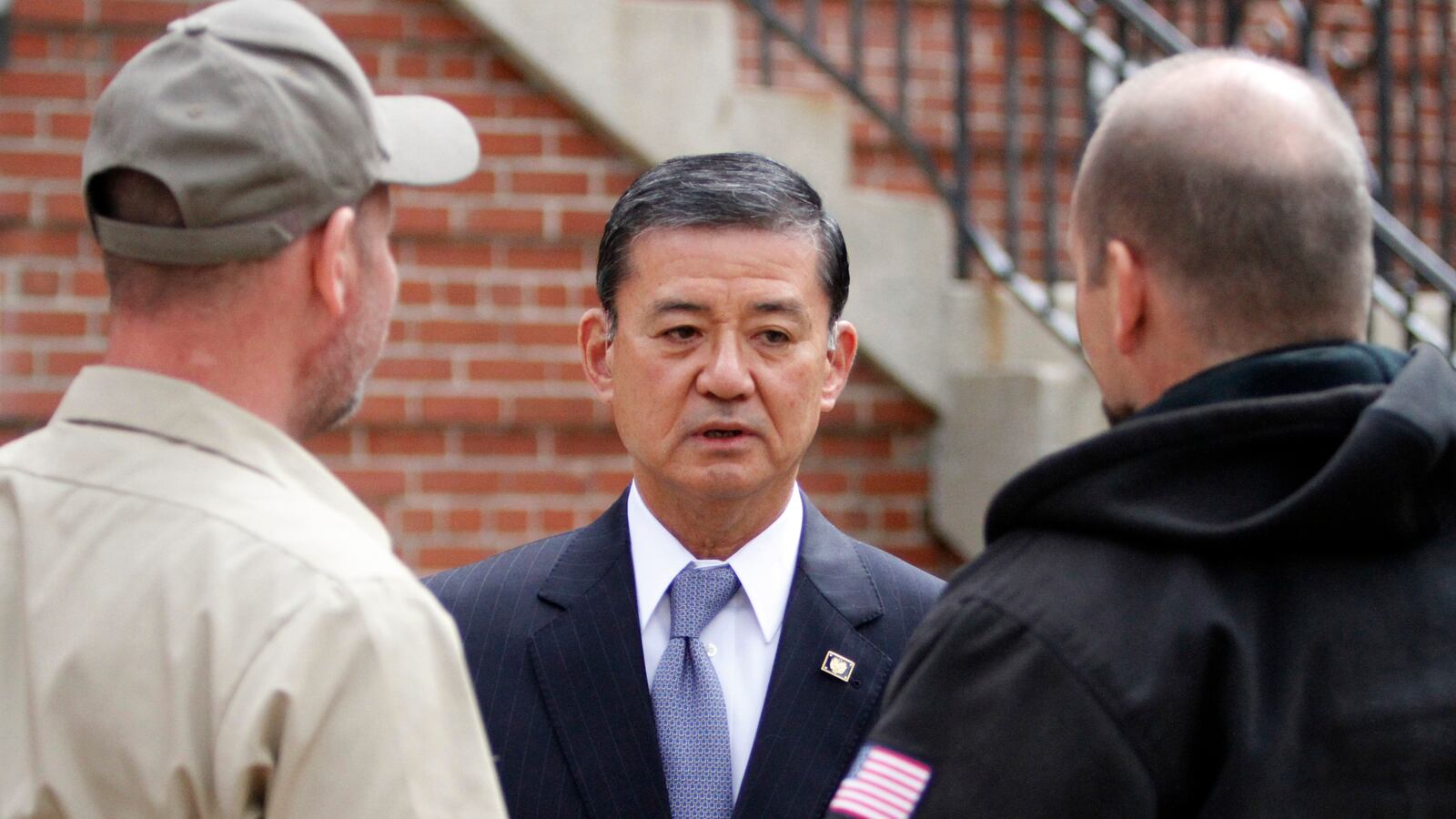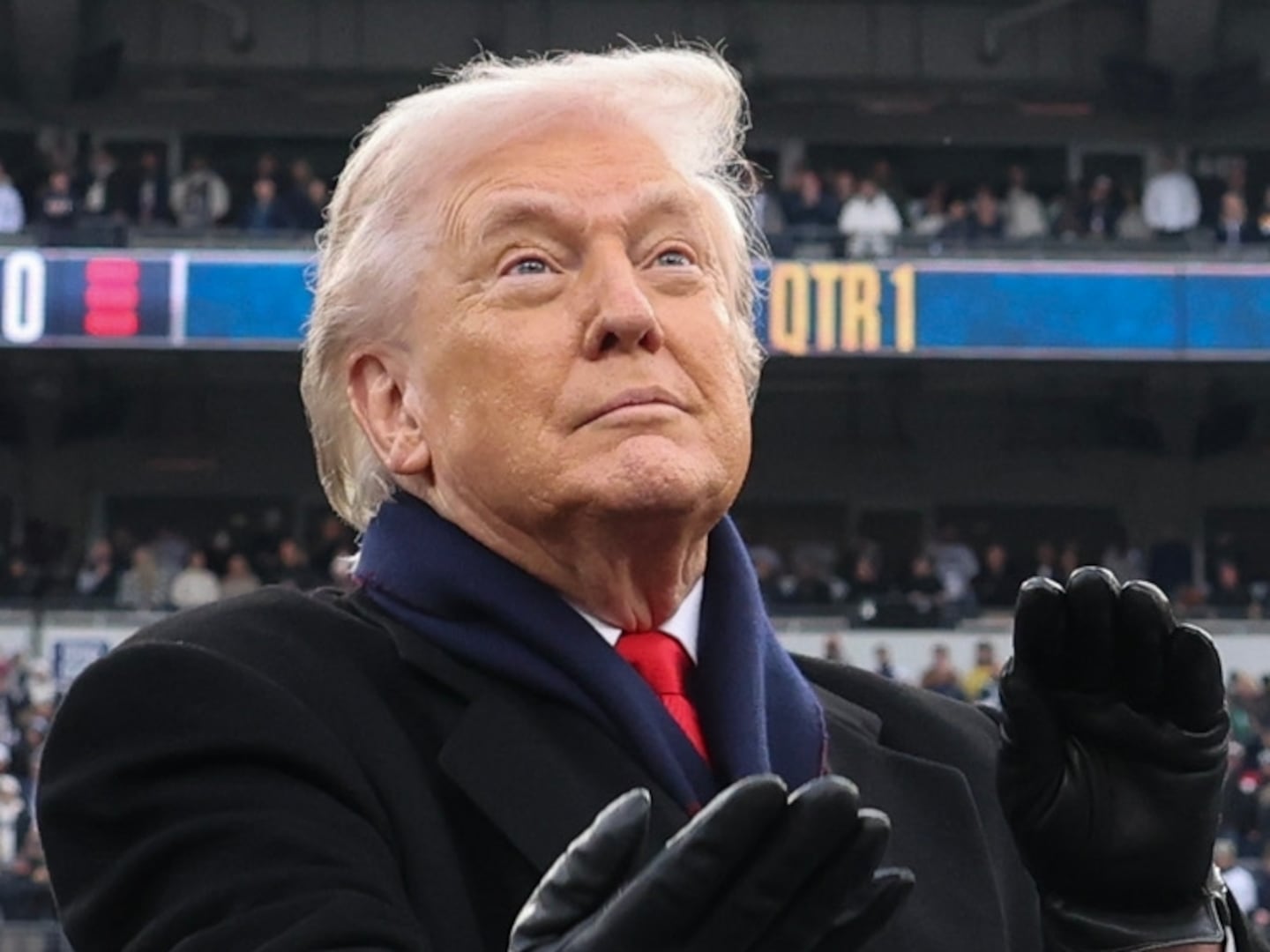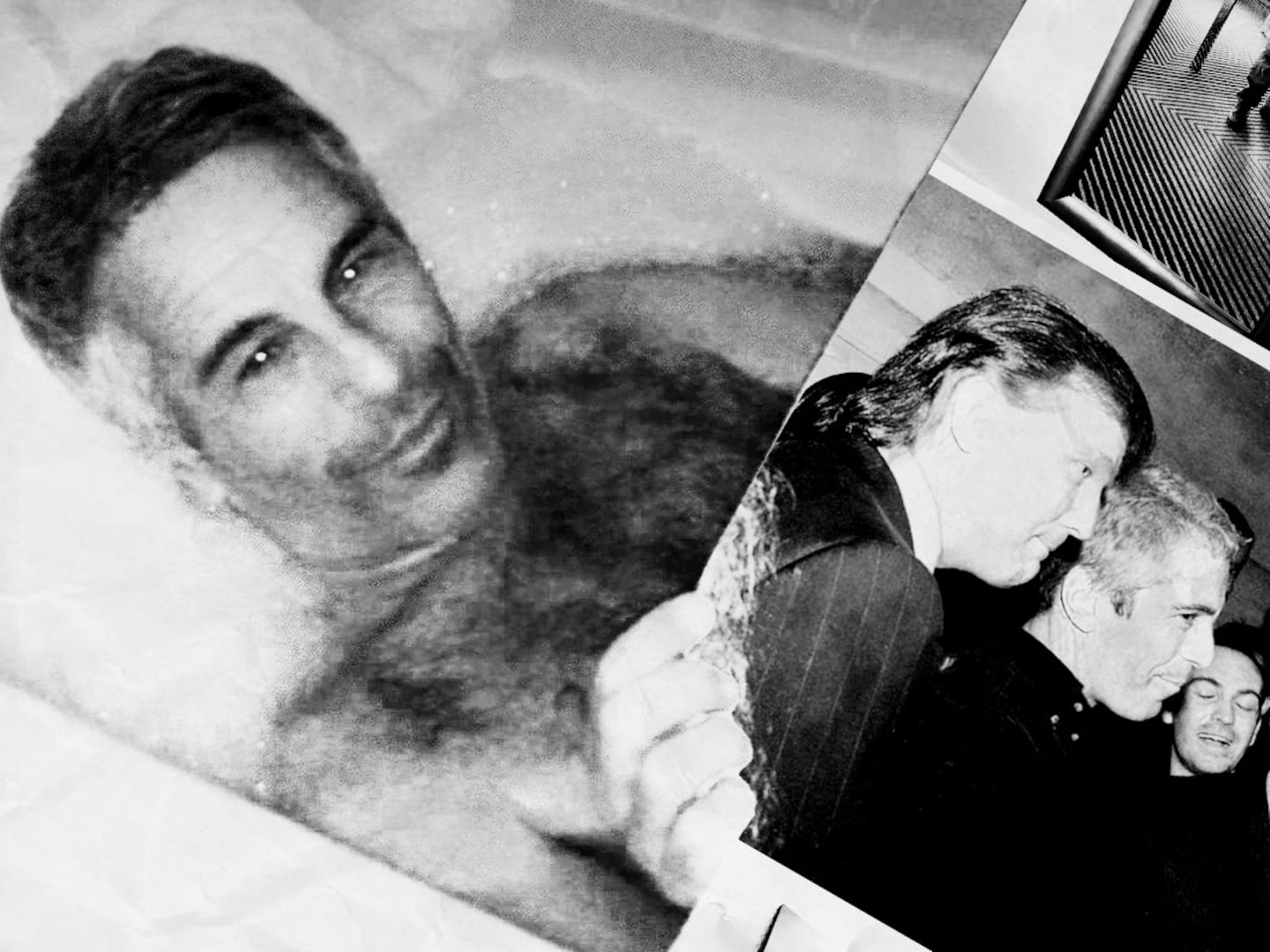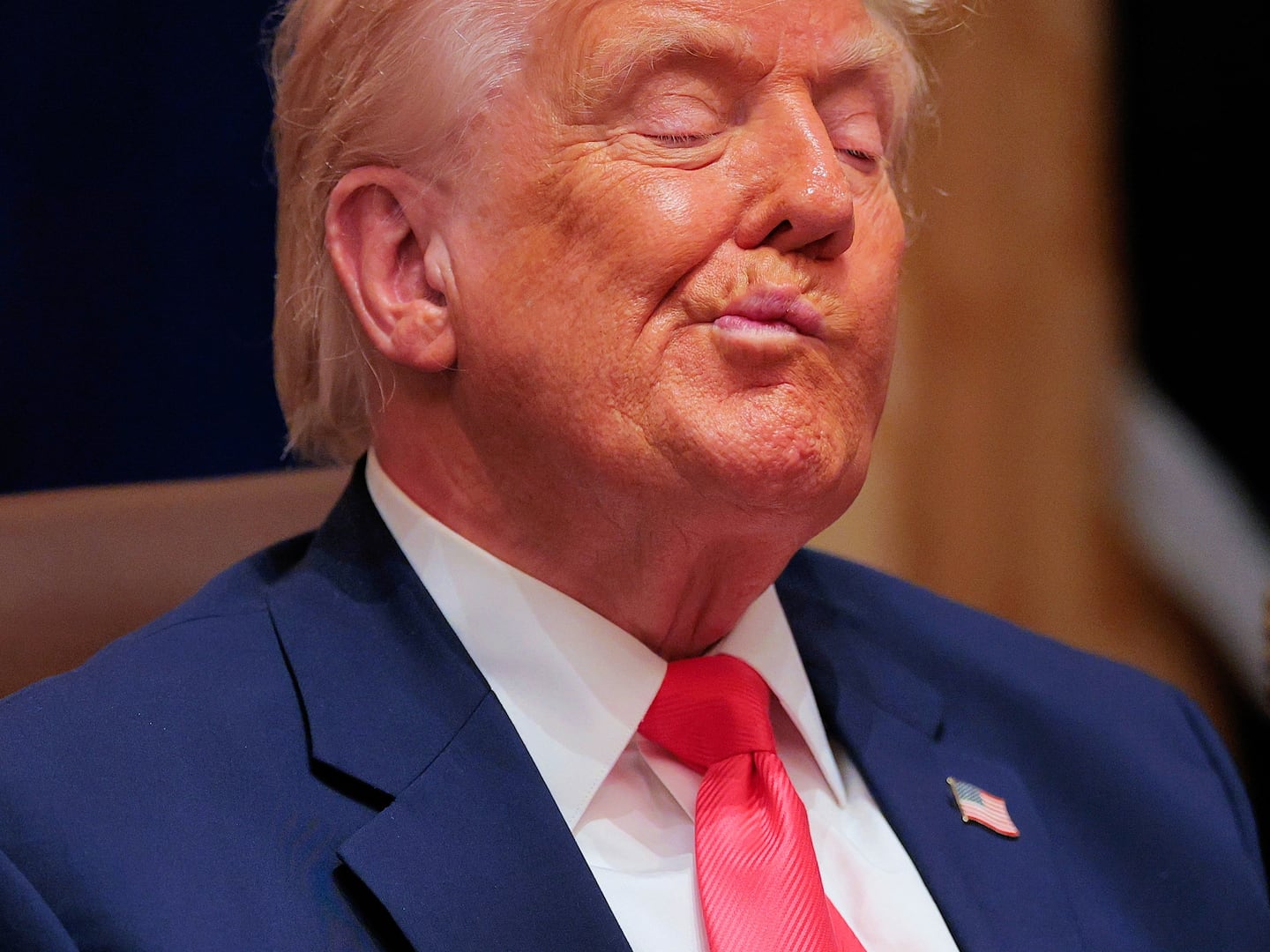Outrage has been building since claims emerged last week that at least 40 veterans died while waiting for treatment from a Phoenix VA hospital. A whistleblower who had worked at the Phoenix VA alleged that the facility placed veterans on a secret waiting list to hide the fact that they had even sought care. But in the furor over the latest revelations, an even larger and more serious problem may be getting lost. It’s likely that there are more secret wait lists concealing patient delays throughout the VA medical system, putting untold numbers of veterans in jeopardy.

The VA itself has known about the potential dangers of its waitlist system for years but still doesn’t know just how big the problem is, sources familiar with the organization tell The Daily Beast. Even now, as outrage over the last scandal reaches a pitch, the VA can’t say for sure that there aren’t more veterans languishing, their records sucked into bureaucratic black holes while they are left to wait and waste.
“It’s an environment where if someone wanted to do the wrong thing it wouldn’t be too difficult,” Debra Draper, with the Government Accountability Office, told The Daily Beast. At the Phoenix VA, where evidence is mounting that many people did the wrong thing, it’s yet to be seen how long they were able to get away with their secret waitlists and how many people died on account of the institution’s malfeasance.
Veterans Affairs Secretary Eric Shinseki has ordered a “face-to-face audit” at all Department of Veterans Affairs clinics, his spokesperson told CNN Thursday, just hours after the House Veterans Affairs Committee voted to subpoena Shinseki.
But you don’t need a Congressional hearing to discover that it’s not difficult to get lost within the VA system. It’s the nation’s largest integrated healthcare system with more than 200,000 employees providing coverage to over 8 million total enrollees. Just a few weeks ago a report showed that veterans were as pleased with their level of care in VA facilities as patients in private hospitals. But with almost 1,000 medical facilities across the country, the VA leadership’s oversight role is critical. While Secretary Shinseki’s headquarters in Washington has pushed some aggressive solutions to improve the VA, critics contend that the leadership has failed to enforce those policies from DC down to the local staff in Dubois.
The healthcare director for the Government Accountability Office (GAO), Debra Draper has personally warned congress and the VA about prolonged wait times since 2012. At the four VA centers Draper spot-checked for her investigation, she found “all facilities we visited related to wait times you found non-compliance with scheduling policy.”
The VA’s standard is for veterans to receive their initial appointment within 14 days of scheduling; in Phoenix, some people waited more than a year before seeing a doctor.
The ‘secret waiting list’ in Phoenix showed a regional VA hospital cheating the system to avoid accountability. But the underlying issues are not new. In April, the VA itself confirmed that prolonged waits for healthcare led to the deaths of 23 veterans in recent years. After the Phoenix story broke others similar accounts followed claiming VA officials in Texas and Colorado doctored reports to hide long wait times for patients.
“Vietnam veterans have been complaining about this same thing for 40 years,” said Derek Bennett, chief of staff for the Iraq and Afghanistan Veterans of America. Unfortunately, he said, the VA is staffed with “a lot of bureaucrats” who manage to evade oversight while they “wait out changes in the system.”
Bennett’s outfit, unlike the American Legion and other veterans’ groups, hasn’t called on Shinseki to resign. Instead, they are polling their members about the issue. But Bennett was clear about the need for decisive action. “The next step is bold action by the president. Clearly this is happening on his watch.”
President Obama has the power to fire Shinseki but “remains confident” in the VA secretary, according to White House spokesmen. In a rare address to the media, Shinseki told the Wall Street Journal that he would not resign, saying “I serve at the pleasure of the president” and “I signed on to make some changes, I have work to do.”
Shinseki, who had generally been well respected in the veterans’ community before the Phoenix scandal, has developed a reputation among some VA insiders for promoting aggressive improvements in the organization. They argue that the VA has progressed considerably under his watch and point to his work to decrease the benefits backlog, among other achievements credited to the secretary.
But, according to multiple former VA officials and outside auditors, Shinseki’s initiatives have not always included the necessary follow up to make sure they are being carried out in the local centers where policy meets reality.
There is a “lack of adequate oversight” said Draper, with the Government Accountability Office. She said that the VA leadership was “not systematically going into these facilities and checking that they’re doing things correctly.”
Multiple sources explained problems in the VA system by referencing the television show “The Wire” and its tales of false reporting from local police chiefs to their bosses to artificially keep crime stats down.
“An agency-wide audit would be necessary to conclude whether the gaps and misconduct are local or national issues, and if staff culture contributes to the problem,” Alex Horton, an Iraq veteran and former VA official said.
The issues with the VA’s system for managing its patient intake and auditing its wait times may have seemed to come out nowhere in recent weeks. But it’s one that the administration has known about for more than a decade. The earliest modern era GAO report on scheduling inefficiency and wait times at the VA dates to the year 2000.
The VA actually completed its own three-year study into how it monitors and manages patient waiting times in 2012, according to Mike Davies, with the VA’s Access and Clinic Administration Program.
He told The Daily Beast, “we are measuring waiting times for every single one of the nearly 100 million appointments per year” that come through the VA.
Davies wouldn’t address the specifics of the Phoenix case or the others like it. But he said the “VA has a sound, reliable system to track wait times.” A moment later, in answer to what he would change to improve the current system, Davies seemed to undermine his original assertion.
“The software is 25 years old, it requires a lot of steps and touches to do it well. We’re looking to replace the software to make it easier at some point in the future,” he said.
Software was only one of the issues Draper mentioned in a critique that outlined deeper structural problems causing the VA’s inability to properly manage patient care. She pointed to “weak and ambiguous policies and procedures” and a “lack of adequate training, particularly for [patient] schedulers,” a group that Draper said has a high turnover and for which the “VA hasn’t determined staffing and allocation needs.”
More than 50,000 VA employees schedule patient’s appointments, according to Davies. For 20,000 VA clerks, scheduling is their whole job. But those schedulers, the front line in connecting veterans needing help to the professionals who provide care, are not always properly trained according to Draper. “They are primarily basing oversight on self-certification and data that’s not always reliable. It’s not adequate,” Draper said.
“The extent may vary facility to facility,” Draper added, but “these issues are system wide.”
If you have first-hand information about waiting lists, or other problems with patient care at the VA, we want to hear about it and can keep the details of your account confidential. Email your story to submissions@thedailybeast.com.






